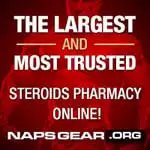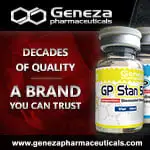
What purpose does this thread serve? Any poll of this type won't yield useful information. What we have instead is people who have earned our respect bickering in a self-indulgant manner. What happened to the need to control information responsibly? I say we use a brain trust of interested members on this board to review the available data and achieve a consensus of AIFM's worthiness. As AF's integrity is not an issue, the only outcome of this would be to demonstrate what so many accomplished individuals are doing here in the first place.


 Please Scroll Down to See Forums Below
Please Scroll Down to See Forums Below 









